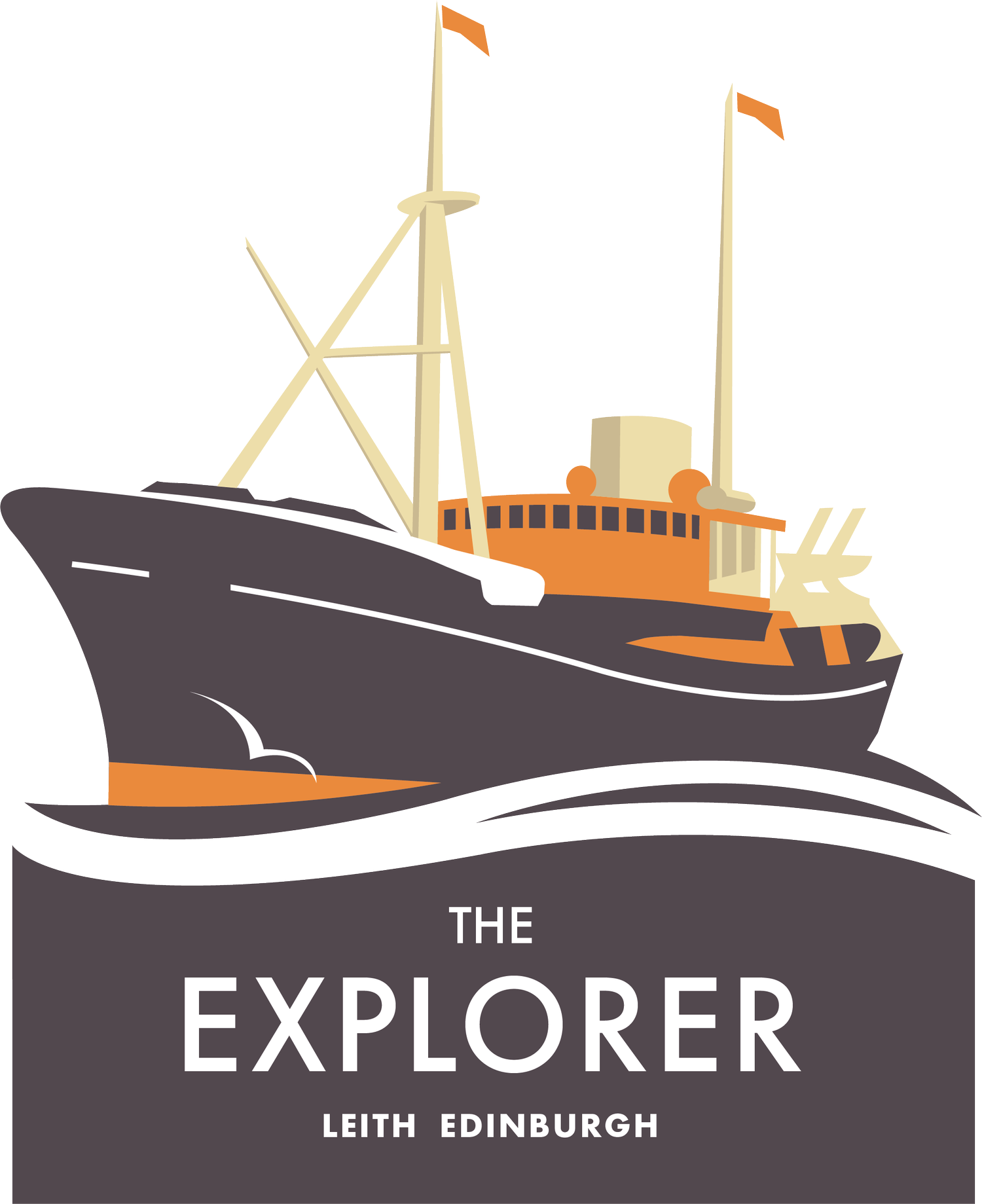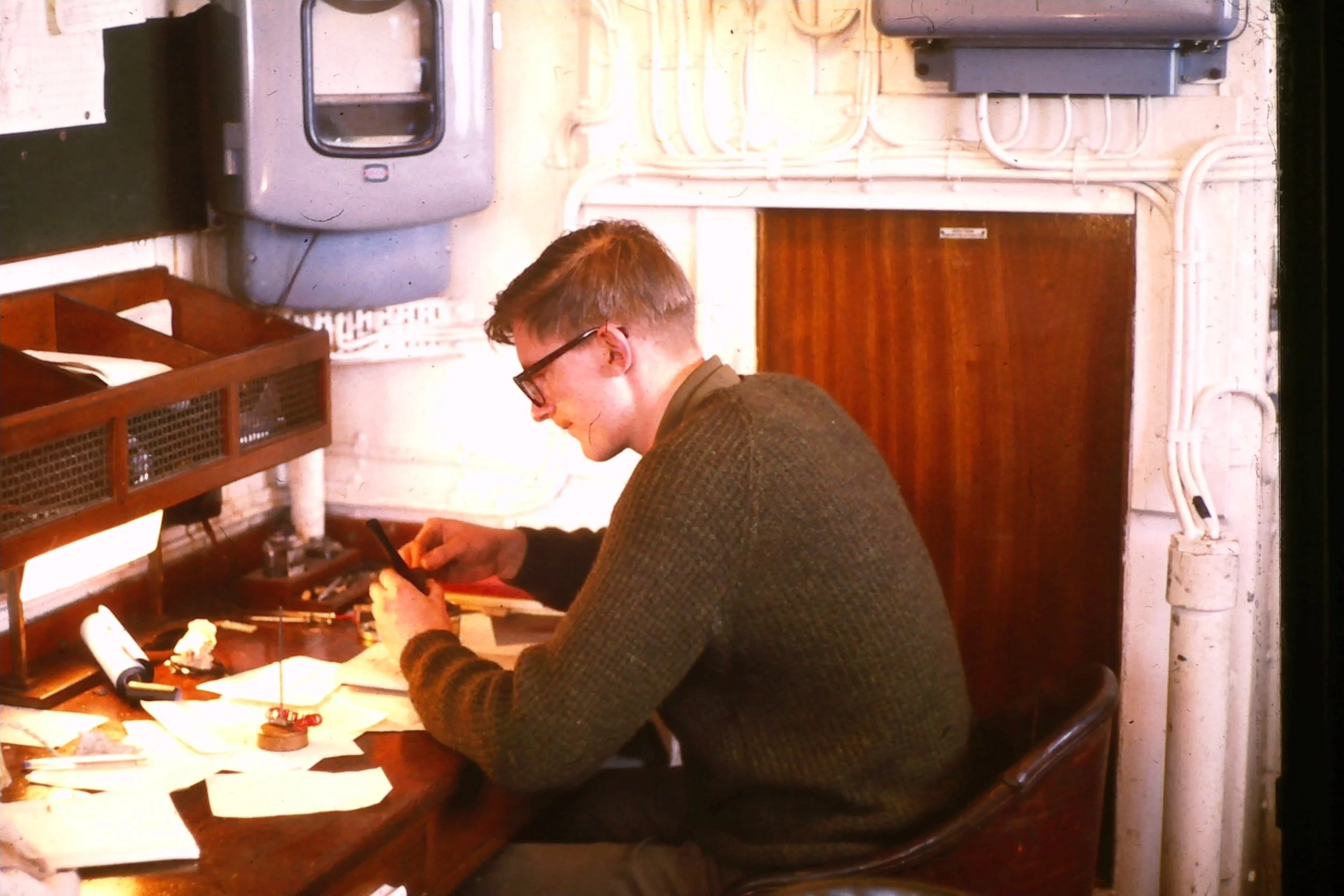David N MacLennan
(1940 - 2020)
David ‘Dave Mac’ spent his career working on the sustained use and conservation of marine ecosystems throughout his association with the Scottish Marine Laboratory in Aberdeen, 1967 through 1995 were he has the highest record number of expeditions onboard the FRS Explorer acting as Chief Scientist which culminated in the appointment of Deputy Director; as Chief Technical Advisor to the Lake Victoria Fisheries Research Project (LVFRP) in Uganda (2000-2002); and as an honorary Reader at the University of Aberdeen.
David started as a fishing-gear technologist conducting work on vessel performance, gear technology, and fish behaviour. He is credited with the design and build of Europe’s first tank used to study fish behaviour and conducted pioneering work on fishing selectivity, which was then applied to stock assessment.
In the late 1970s he transitioned to work on Fisheries Acoustics where he laid the foundations of several theoretical and practical elements (e.g., calibration, community nomenclature, abundance measurements) that, in addition to being published in the primary literature, were summarized in two resource/textbooks that remain essential reading. In Lake Victoria, he ran the acoustic survey programme providing new insights on the distribution and abundance of its fish populations and built the local capacity to conduct acoustic surveys.
In the late 2000’s his efforts turned to editing, working with the journal Fisheries Research, and collating and editing papers from international conferences such as the 2008 ICES Symposium on the Ecosystem Approach with Fisheries Acoustics and Complementary Technologies and the 2010 ICES Symposium on Fishery-Dependent Information.
David’s scientific leadership, innovation, teamwork, and mentoring are all attributes which have been demonstrated throughout his career. He has a long collaborative history with international organisations such as ICES, the EU, and FAO, as well as many colleagues all over the world and well known throughout the scientific community.


